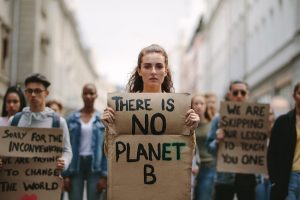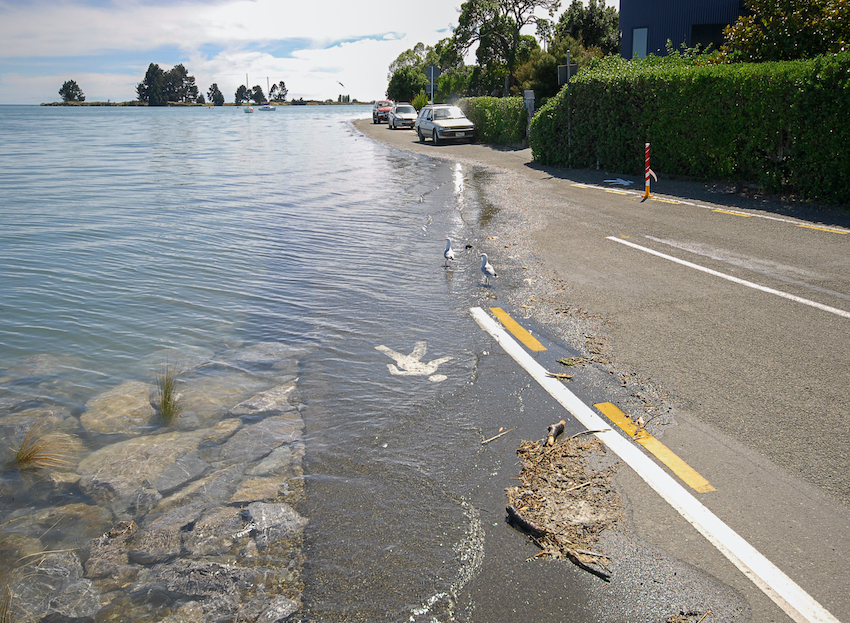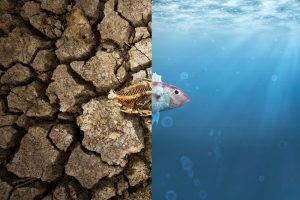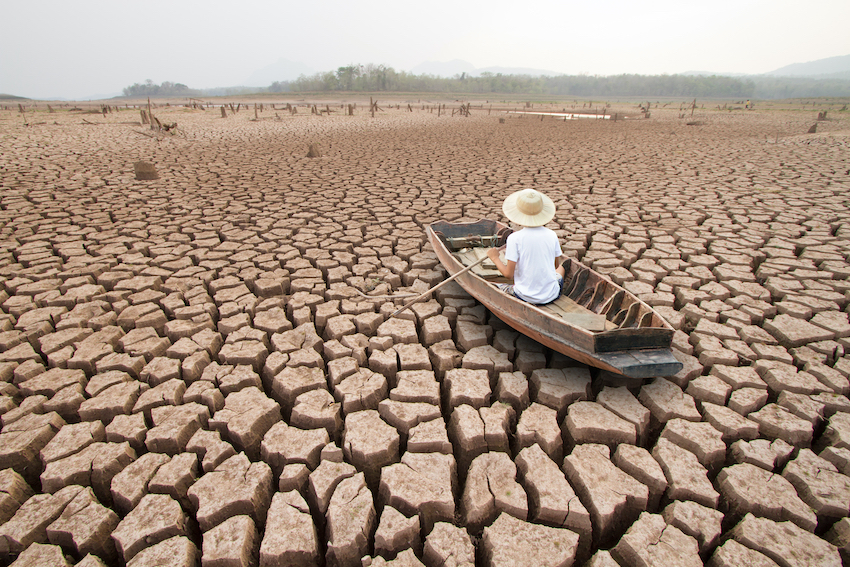Frequently Asked Questions / FAQS
What is climate change mediation?
Climate change is one of the most pressing and significant issues humans face on the planet today, and a range of disputes and as a result, conflicts are already occurring which need resolution. Climate change mediation can be used when two or more parties have disagreements about an issue caused by global warming or unpredictability in the weather. Instead, of choosing protracted litigation the parties choose cooperative mediation to resolve their disagreements with sustainable outcomes.
What are the dynamics of climate change mediation?
The conflict partners commit to a win-win, cooperative process in which each party feels heard, and that their stakeholder interest is respected.
Are attorneys involved in climate change mediation?
Sometimes, parties will also hire consulting attorneys, who step back during the mediation process. In many cases, no representing or litigating attorneys are involved, which creates a less adversarial mediation process.
Does the team of professional mediators do any research?
Climate change mediation can involve complex legal, scientific, creative, and mathematical issues, so the professional mediators at Boileau Conflict Solutions always do extensive research and preparation.
How do the meetings take place if stakeholders live in different cities, states, or countries?
Mediation meetings can occur through online, video-platform services such as Zoom, Skype, Go to Meeting. In some cases, it is necessary to have local meetings in the field.
Does climate change mediation address legal issues?
Yes. Climate change mediation takes the law into account, as well as the parties’ needs and preferences. The law is addressed in an amicable way so the parties can decide instead of a judge.

Is climate mediation legally binding?
The mediation legally binding when the parties sign a written contract. The parties implement this agreement they arrive at through a step-by-step mediation process.
What happens if mediation does not work in conflicts that are caused by climate change?
The parties always have the option to hire legal counsel if they cannot work out their conflict in mediation. Usually, legal counsel is unnecessary.
Does mediation work?
Mediation is often successful if clients are open to creative solutions that they arrive at with the help of the mediation firm. If two or more parties are committed to working out a resolution; if they understand and appreciate the other party’s interests; and if they are willing to seek new creative options they might not have considered before, mediation is often the best type of conflict resolution design.
Is mediation expensive?
Mediation is much less expensive than litigation because there are no lawyers and judge involved. There are no court hearings, no court calendar, no legal memoranda, and no court filings, which can lead to a much more streamlined, efficient process.



 This has decreased available food for an endangered population of orcas in the San Juan Islands. Effects involve ecosystem degradation, and conflict between wholesalers of salmon and animal rights advocates for the orcas.
This has decreased available food for an endangered population of orcas in the San Juan Islands. Effects involve ecosystem degradation, and conflict between wholesalers of salmon and animal rights advocates for the orcas.